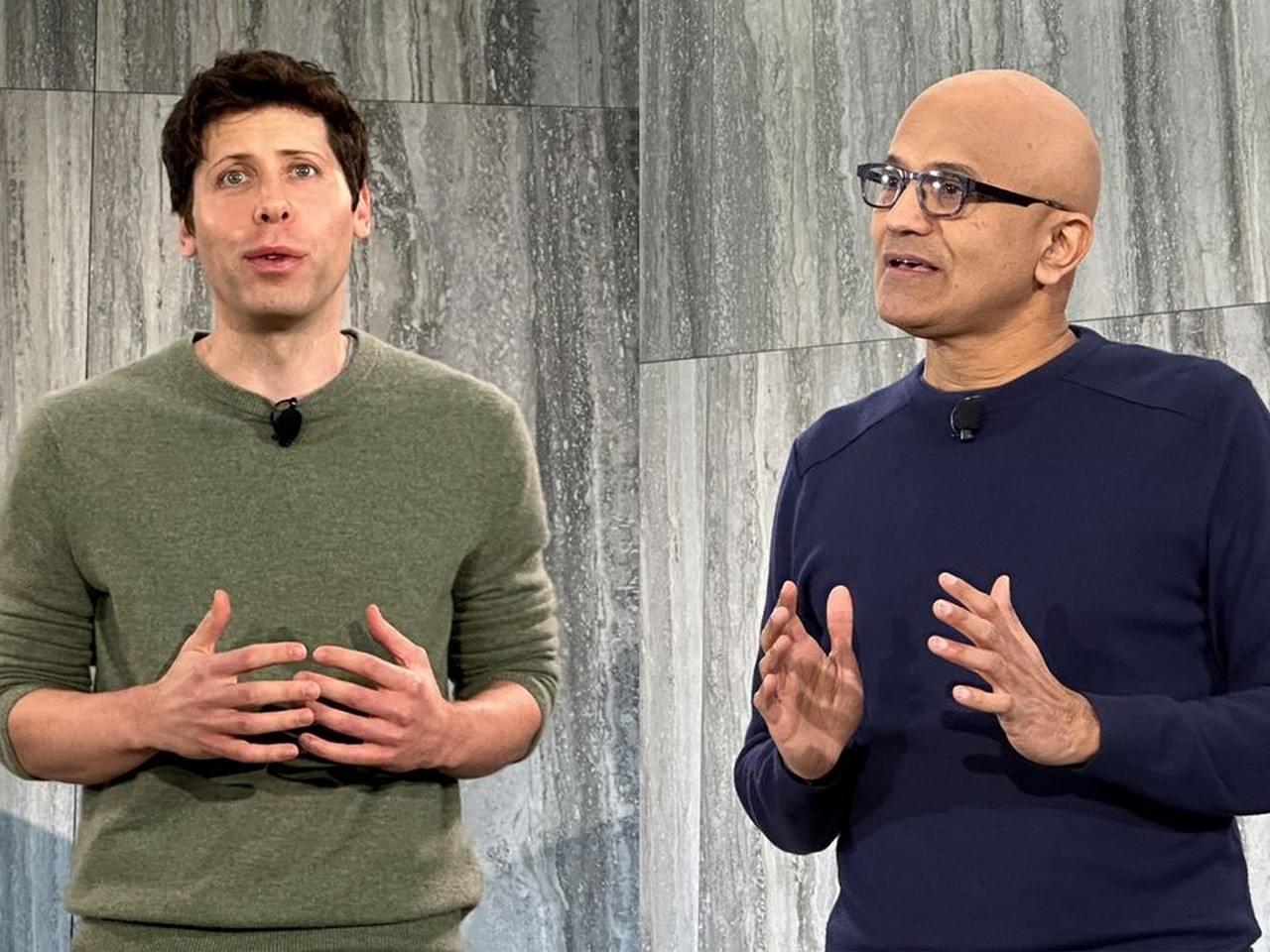If you need a robotic to make you a cup of espresso, Determine AI has you coated. In a nifty demo reel, the newly multi-million-dollar-funded robotics darling confirmed how its Determine 01 robotic might efficiently brew a Keurig cup of joe. It isn’t spectacular – you might do it sooner and not less than hand me the cup – however Determine 01’s ambition, to deliver a general-purpose humanoid to life, properly, that is value some consideration.
If you happen to did not realize it already, we’re coming into a brand new humanoid robotic golden age, one which was arguably sparked by Boston Dynamics and its athletically gifted Atlas robotic and is now powered by every little thing from the uncanny Sophia and chatty Ameca to Tesla’s stutter-stepping Optimus Gen 2.
Determine AI, which this week secured funding from Jeff Bezos, OpenAI, and Nvidia, mixes just a little little bit of all these robots right into a humanoid that may take a look at dwelling within the 2004 Will Smith movie I, Robotic.
Aside from Atlas’ parkour abilities, most of those robotics companies seem like powered by equal elements innovation and hyperbole.
Ameca, which was wowing Cell World Congress 2024 guests as not too long ago as this week is probably the most polished-looking automaton, that includes a gray-fleshed, human-like face that may look you within the eyes and reply to nearly any particular query. Ameca can help varied generative AI programs like Chat-GPT, however conversations with Ameca will not be at all times what they seem. As Ameca builders admit in its FAQ:
“If you happen to’ve spoken to considered one of our robots, you would possibly properly have loved an incredible dialog. However you might of been chatting with a human via our revolutionary telepresence software program, TinMan. Human intelligence will nonetheless beat synthetic intelligence particularly the place visible cues are vital.”
Put one other manner, typically, a human is performing as a kind of Cyrano de Bergerac for Ameca.
In a similar way, Hanson Robotics’ Sophia helps some AI chatbot performance however can also be supported by pre-scripted responses. On Sophia’s dwelling web page, the robotic describes itself thusly, “I’m human-crafted science fiction character depicting the place AI and robotics are heading.”
On the earth of actual robotics, the place recreating human perform is painstaking and tough work, the hassle to deliver humanoid robotics house is a decades-long course of the place, if we’re being sincere, we now have but to succeed in a mid-point.
Determine 01, which may stroll, carry objects, manipulate espresso machines, and even right its personal manipulation errors, is a good distance from business productization.
From the corporate’s Grasp Plan: “Our firm journey will take many years — and require a championship group devoted to the mission, billions of {dollars} invested, and engineering innovation so as to obtain a mass-market affect. We face excessive threat and intensely low possibilities of success.”
The duty would possibly go a bit sooner, particularly with OpenAI’s involvement. Within the launch on the contemporary funding and partnerships, Figuire 01 writes, “The collaboration goals to assist speed up Determine’s business timeline by enhancing the capabilities of humanoid robots to course of and cause from language.”
Nonetheless, firms like Determine AI and Tesla are spending hundreds of thousands simply to match what Honda beforehand achieved with ASIMO nearly 20 years in the past (it deserted the challenge in 2018). ASIMO might stroll, run, leap, climb stairs, shake arms, and gesticulate. It had no communication capabilities, autonomy or AI to talk of.
Boston Dynamics has already proven us what is feasible, bodily, for semi-humanoid robots. Determine 01 and Tesla are struggling to bridge the space between their extra engaging and uncanny creations and Atlas’s exceptional athletic capabilities.
Determine AI insists {that a} five-foot, 6-inch, 132 lb. multi-purpose humanoid robotic is the reply to our in-home and workforce robotic goals. However each business and at the moment profitable dwelling robots have proven the other. Function-built bots the place kind meets perform (taking a look at you, greatest robotic vacuums) have to this point been the one viable possibility at dwelling and within the manufacturing unit.
Constructing robots that appear like us assumes that we’re the most effective kind issue for each activity. What if duties have been in-built tandem with purpose-built robots? What if the range, fridge, and vacuum have been resigned to work with a robotic that seemed nothing like us however was 1,00 instances smarter, and extra environment friendly at any activity a human might carry out?

When iRobot’s Roomba first took off within the early aughts, I requested co-founder and CEO Colin Angle why they weren’t making extra humanoid robots (iRobot’s first product was a robotic child). Angle defined the way it made extra sense to construct robots that did one factor properly, particularly soiled or harmful duties people did not need to carry out.
While you construct a humanoid robotic, you have to accommodate all of the issues people can do – stroll, run, carry issues, discuss, navigate, and perceive the world round them – and constructing them to activity is secondary. Most roboticists uncover that it is insanely tough to recreate the complexity of the human physique. Angle as soon as informed me that viable humanoid robots would not arrive till 2050, a date I nonetheless assume is just too optimistic.
Determine AI is, by some measures, now a multi-billion-dollar firm. I want them luck of their humanoid robotic constructing ventures however I fear the cash will run out lengthy earlier than it completes its decades-long quest.
<header



